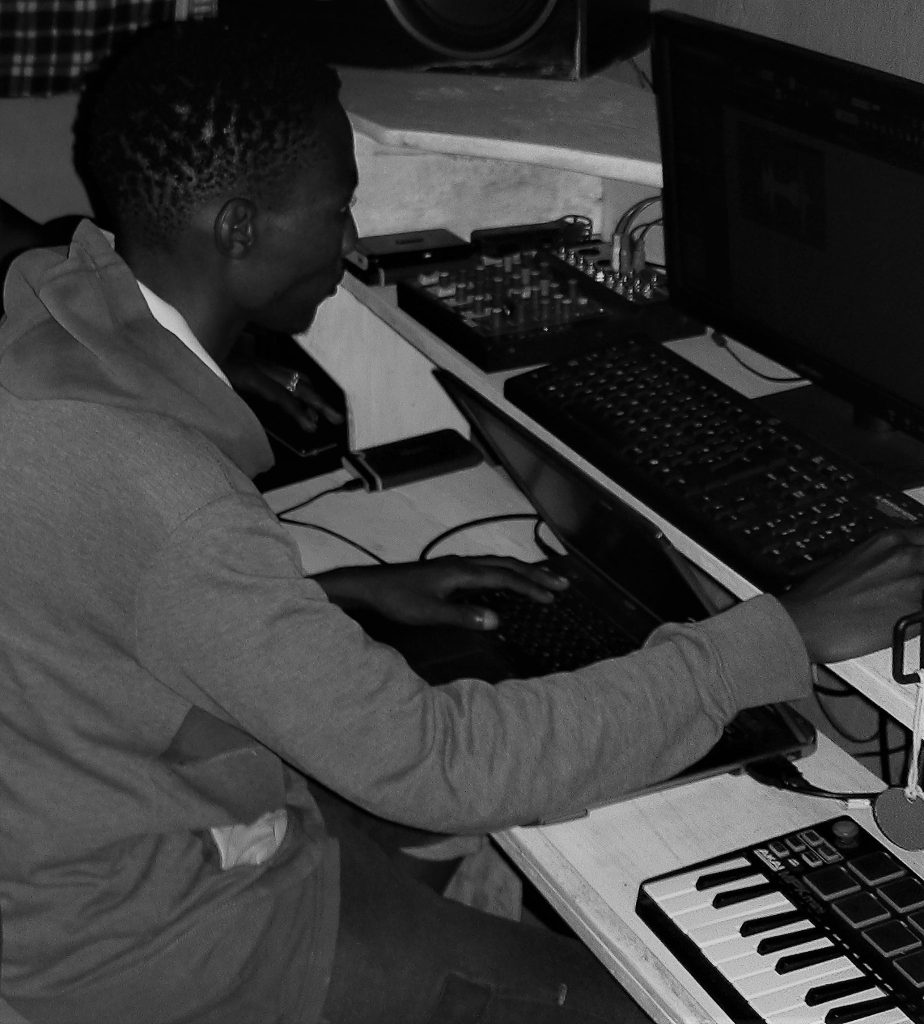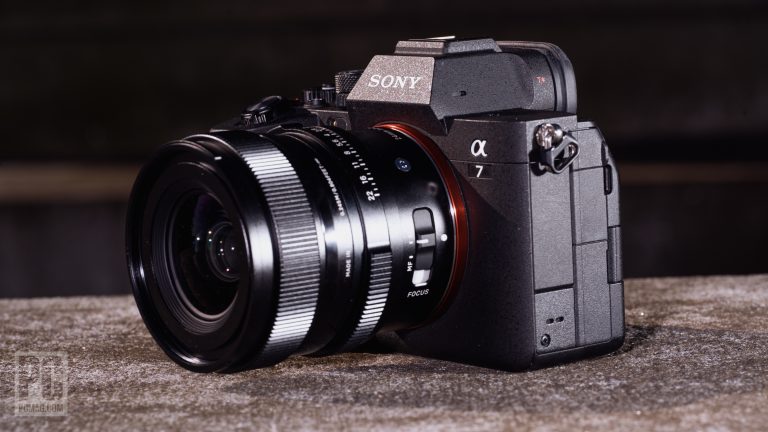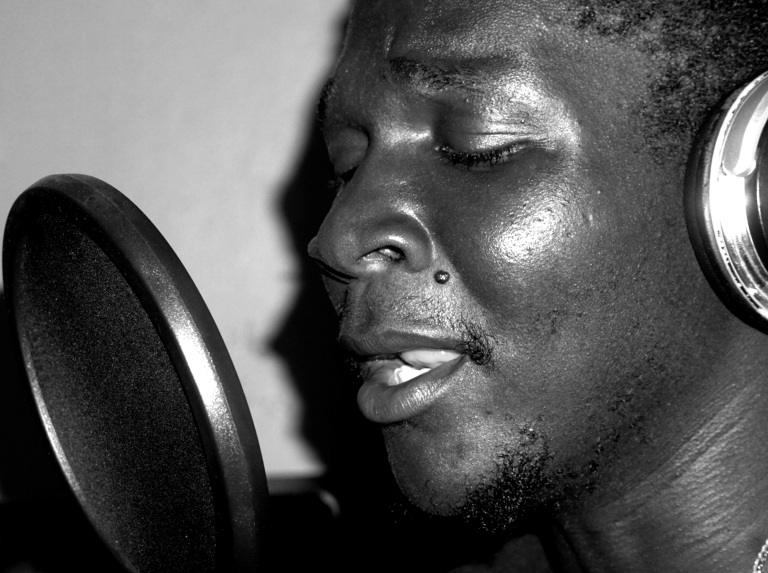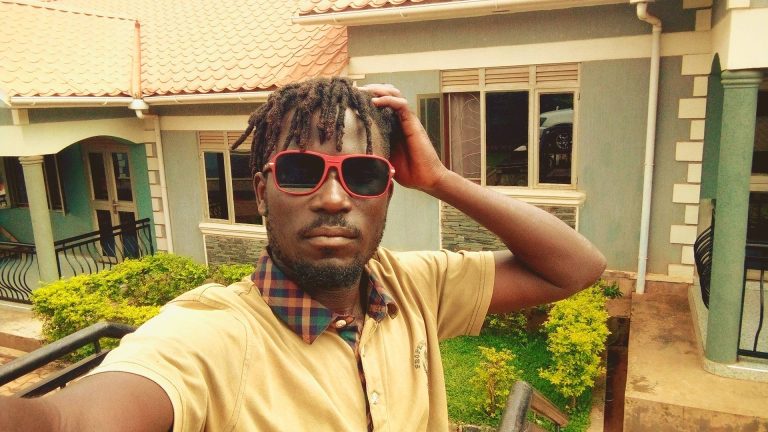The Basics
If you have always dreamed of recording your own song, but you don’t know where to start, this blog post is for you. In this post, I will share with you the basic steps to recording a song, from choosing the right equipment and software to editing and mixing your tracks. Whether you want to record a song for fun, for your portfolio, or for a professional release, these steps will help you achieve your goal.

Step 1: Choose your equipment and software
The first step to recording a song is to choose the equipment and software that suit your needs and budget. You will need at least a microphone, an audio interface, a computer, and digital audio workstation (DAW) software. A microphone is a device that captures your voice or instrument sound. An audio interface is a device that connects your microphone to your computer and converts the analog signal into digital data. A computer is a device that stores and processes digital data. DAW software is a program that allows you to record, edit, and mix your tracks.
There are many types of microphones, audio interfaces, computers, and DAWs available in the market, so you should do some research before buying them. Some factors to consider are the quality, compatibility, features, and price of each item. You can also look for reviews and recommendations from other users or experts online.
Step 2: Set up your recording space
The second step to recording a song is to set up your recording space. You will need a quiet and comfortable place where you can record without any background noise or distractions. You will also need to optimize the acoustics of your space to avoid unwanted echoes or reverberations. You can do this by using acoustic panels, blankets, carpets, or curtains to absorb or diffuse the sound waves.
You should also arrange your equipment and furniture in a way that allows you to access them easily and safely. You should have enough space to move around and perform without bumping into anything. You should also have enough lighting and ventilation to keep you comfortable and focused.
Step 3: Prepare your song
The third step to recording a song is to prepare your song. You should have a clear idea of what you want to record, such as the genre, style, mood, lyrics, and melody of your song. You should also have a basic structure for your songs, such as the intro, the verse, the chorus, the bridge, and the outro. You can use a metronome or a click track to keep a steady tempo and rhythm throughout your song.
You should also practice your song before recording it. You should rehearse your vocals or instrument parts until you feel confident and comfortable with them. You should also warm up your voice or instrument before recording to avoid any strain or damage.








